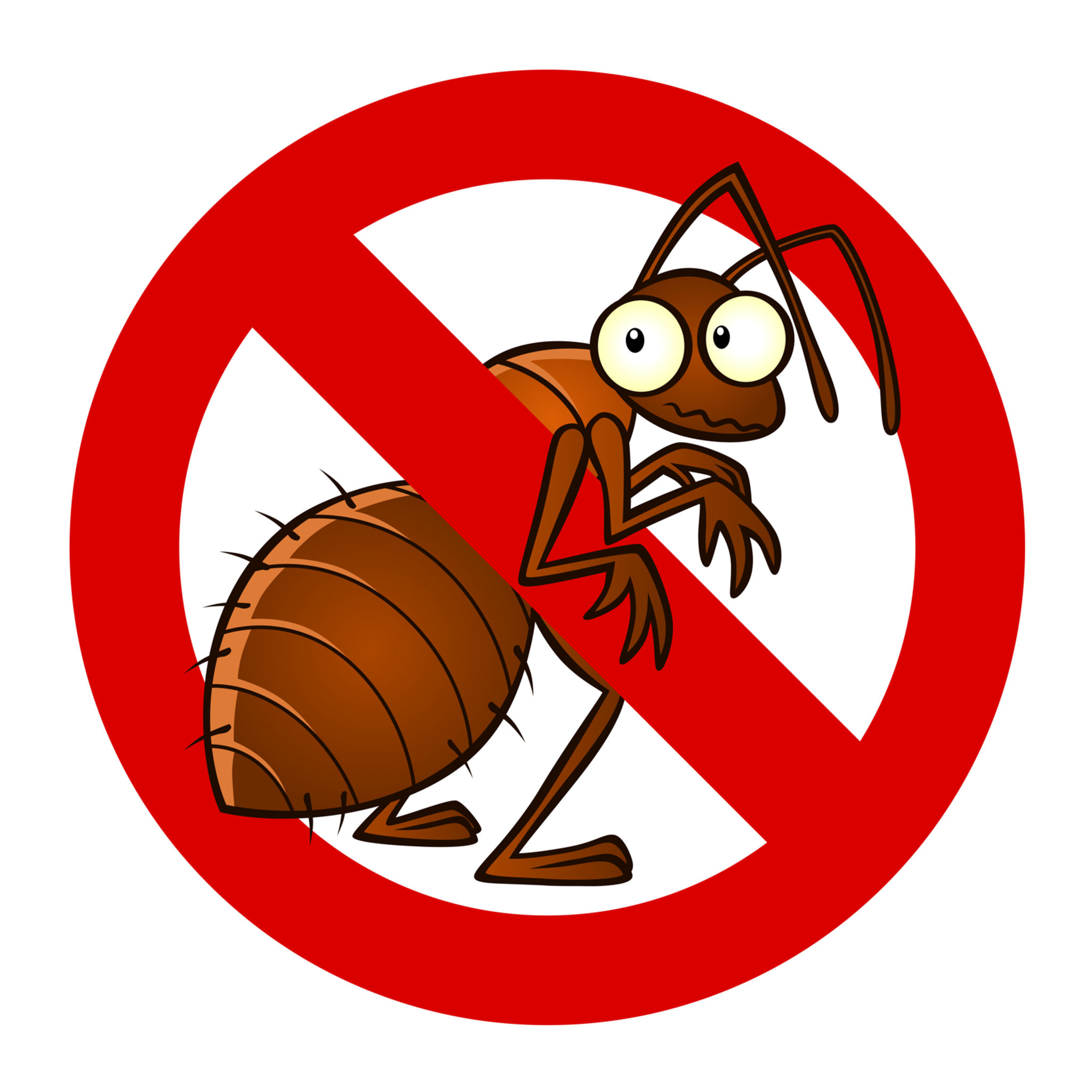Experienced A1 Exterminators Charlotte NC - Rapid and Trusted Solutions
Wiki Article
Bed Bug Therapy Break Down: Contrasting Chemical Vs. Non-Chemical Solutions
In the world of insect control, specifically when handling the consistent concern of bed insects, the selection in between chemical and non-chemical treatment options can be a pivotal one. Both methods provide distinctive advantages and downsides, influencing aspects such as performance, safety and security factors to consider, and general expense. By examining the nuanced details of each method, a clearer understanding of which path to go after in dealing with a bed insect problem can be achieved.Performance of Chemical Therapies
Chemical therapies for bed insect infestations have been commonly acknowledged for their potent and fast efficiency in getting rid of these insects. When considering the effectiveness of chemical therapies, it is critical to comprehend that they can provide a fast and detailed remedy to a bed insect trouble.Moreover, chemical therapies have the advantage of using residual impacts, implying that they can remain to remove bed bugs even after the preliminary application. This residual action is specifically advantageous in combating any possible re-infestations. Additionally, the fast activity of chemical treatments can bring alleviation to individuals dealing with extreme bed insect problems, permitting them to restore control of their home rapidly.
Safety And Security Issues With Chemical Solutions
One vital element that needs cautious consideration when making use of chemical options for bed bug therapy is making certain the safety and security of residents and the setting. Exposure to particular chemicals utilized in bed pest therapies can lead to respiratory concerns, skin irritability, or other damaging reactions, particularly in individuals with pre-existing problems or sensitivities.Moreover, the environmental influence of chemical solutions is an additional significant factor to consider. Some pesticides utilized in bed bug therapies may be hazardous to advantageous bugs, wildlife, and communities if they seep right into the soil or water systems. It is vital to make use of chemical therapies sensibly, complying with safety and security guidelines, and thinking about much less toxic options to minimize these risks and make certain the risk-free and reliable administration of bed pest problems.
Advantages of Non-Chemical Approaches
Thinking about the possible safety and security concerns and environmental effect linked with chemical options for bed pest therapy, checking out non-chemical approaches presents a promising option with a number of unique benefits. Non-chemical methods supply a more secure alternative for households, particularly those with youngsters, pet dogs, or people sensitive to severe chemicals. These techniques get rid of the dangers of direct exposure to hazardous compounds, minimizing the capacity for damaging wellness impacts. Additionally, non-chemical treatments are environmentally friendly, as they do not add to air or water air pollution, making them a sustainable choice for parasite control.Furthermore, non-chemical options can be effective in targeting bed pests, including hard-to-reach locations where chemical treatments may not permeate. Methods such as warm therapy, vacuuming, heavy steam cleansing, and cushion coverings offer extensive elimination without using dangerous chemicals. Furthermore, non-chemical strategies can be less turbulent, requiring minimal prep work and enabling quicker reentry right into treated locations. Generally, going with non-chemical bed insect therapy methods not only prioritizes security and environmental management yet additionally guarantees reliable and thorough bug control.
Limitations of Non-Chemical Treatments

Furthermore, non-chemical therapies often need several applications to achieve effective eradication. This can be time-consuming and might not constantly assure total removal of all bed bugs and their eggs, especially in hard-to-reach or surprise places.
Moreover, the success of non-chemical therapies greatly depends on proper execution and thoroughness, which can be challenging for individuals without professional expertise. Inadequate application of non-chemical techniques might cause insufficient obliteration, leading to consistent problems and the demand for added therapies.
Consequently, while non-chemical therapies have their advantages, it is important to acknowledge these restrictions and consider them when establishing one of the most effective approach for managing bed bug infestations.
Cost Comparison: Chemical Vs. Non-Chemical Options
Offered the constraints related to non-chemical treatments, a necessary facet to review in rodent control company the context of bed insect management is the price comparison in between chemical and non-chemical alternatives. Chemical treatments generally involve the application of insecticides by professionals, which can vary from $250 to $900 per room, depending upon the seriousness of the invasion and the size of the location to be dealt with. On the other hand, non-chemical treatments like heat treatment or steam can be extra costly, with expenses ranging from $1,000 to $6,000 for a whole home. While the preliminary cost of chemical treatments may appear reduced, multiple therapies may be required to fully eradicate the invasion, potentially boosting the total expense. On the various other hand, non-chemical choices may give a much more environmentally friendly and sustainable remedy, although they can be cost-prohibitive for some individuals. Ultimately, when taking into consideration the expense of bed pest treatment alternatives, it is necessary to evaluate the upfront expenditures against the performance and long-term sustainability of the chosen approach.Verdict

Thinking about the possible security worries and environmental impact connected with chemical solutions for bed bug therapy, checking out non-chemical approaches provides a promising alternative with numerous distinctive benefits.Provided the constraints linked with non-chemical treatments, a vital element to evaluate in the context of bed bug administration is the cost contrast in between chemical and non-chemical choices. In contrast, non-chemical therapies like warmth treatment or steam can be extra expensive, with costs ranging from $1,000 to $6,000 for an entire home. While the initial expense of chemical treatments may seem reduced, multiple therapies may be needed to completely get rid of the problem, potentially increasing the overall expense.In verdict, when comparing chemical and non-chemical bed pest treatment options, it is essential to think about efficiency, security, benefits, see here now constraints, and expense.
Report this wiki page